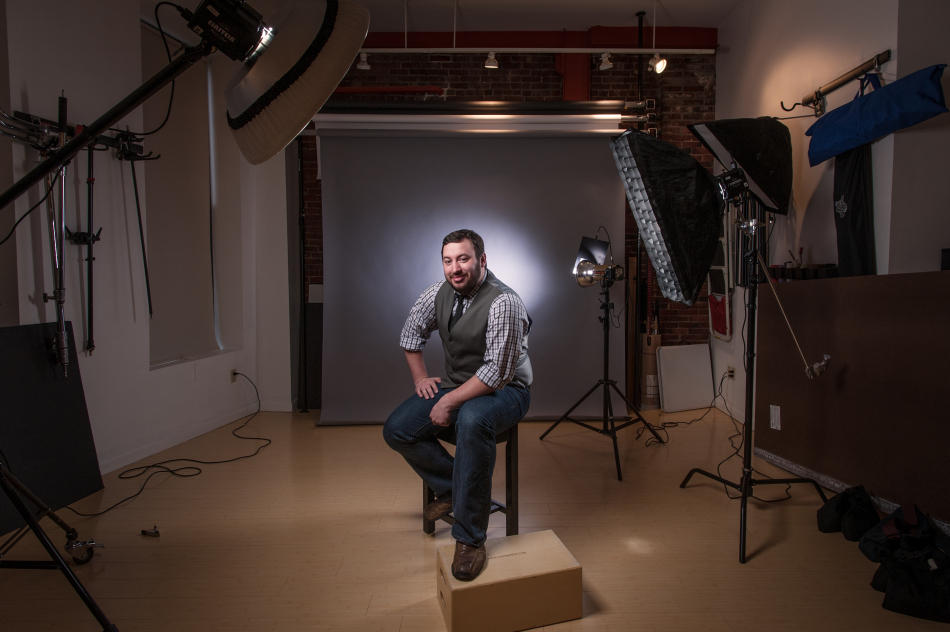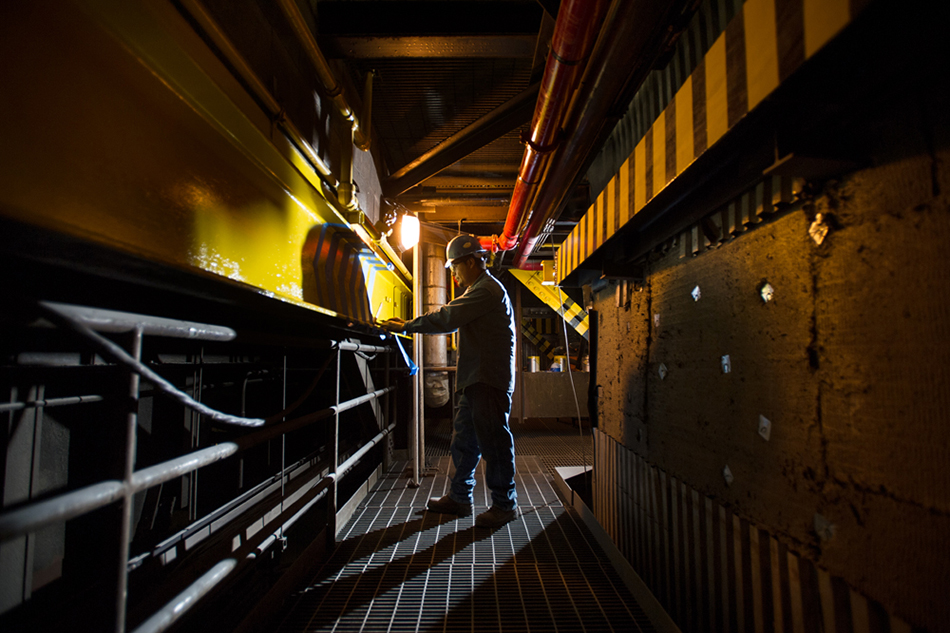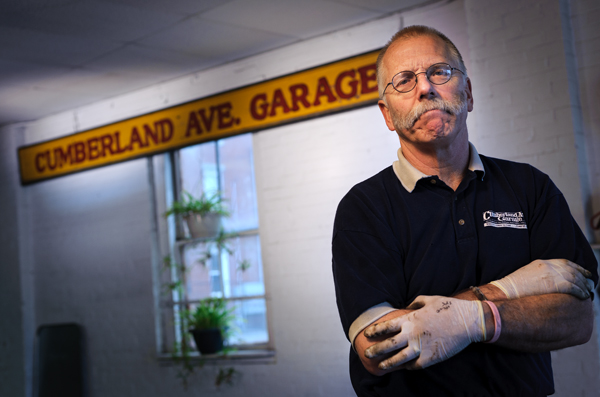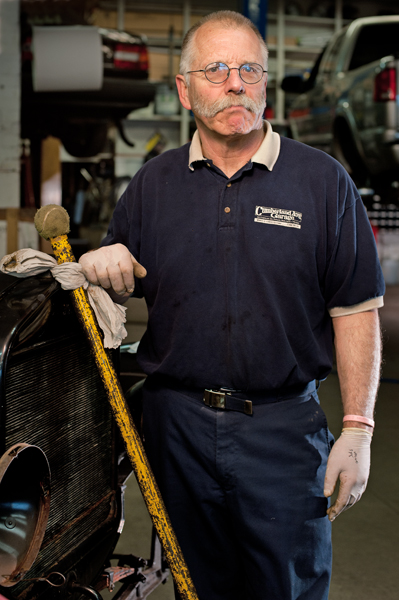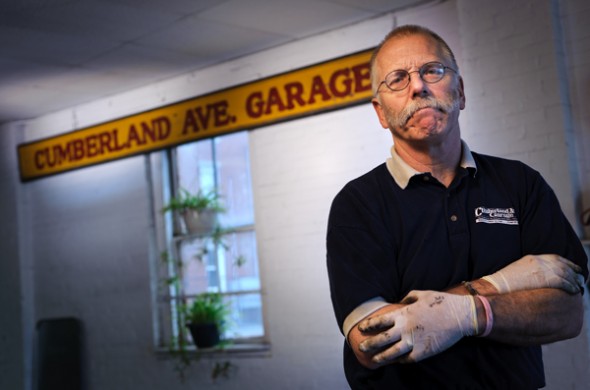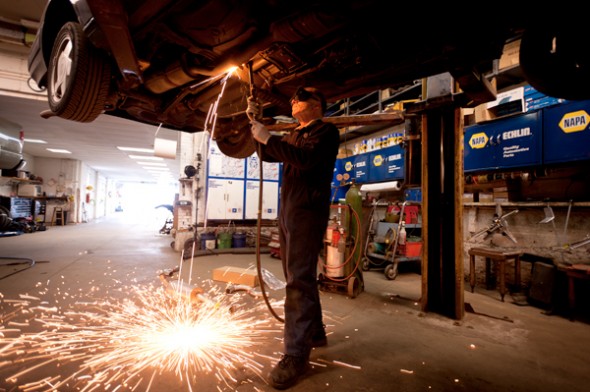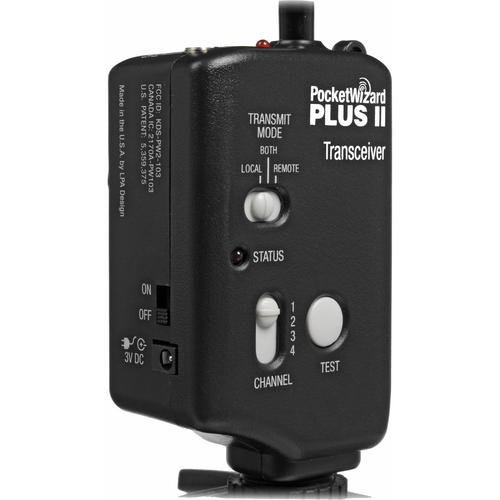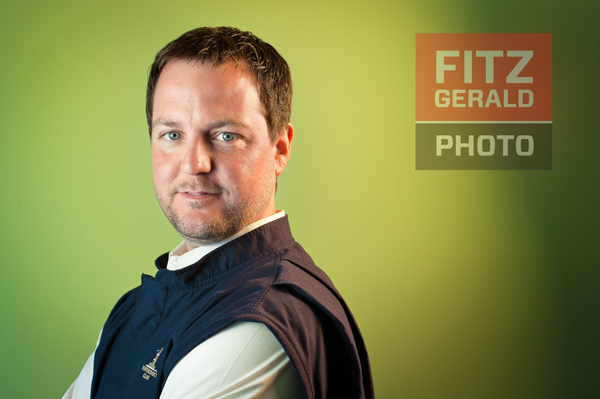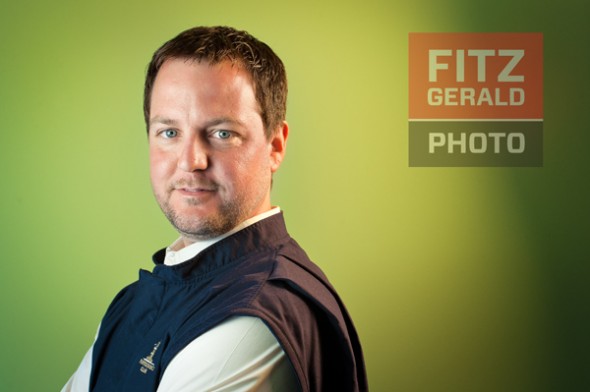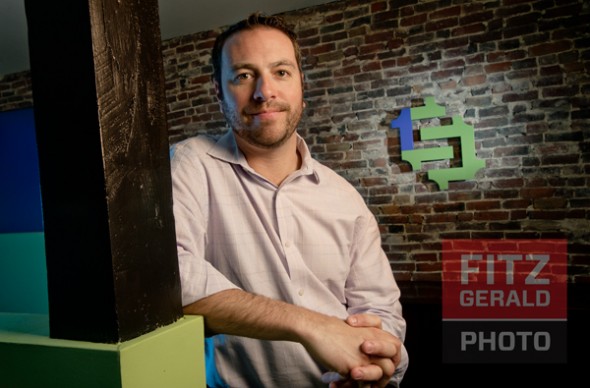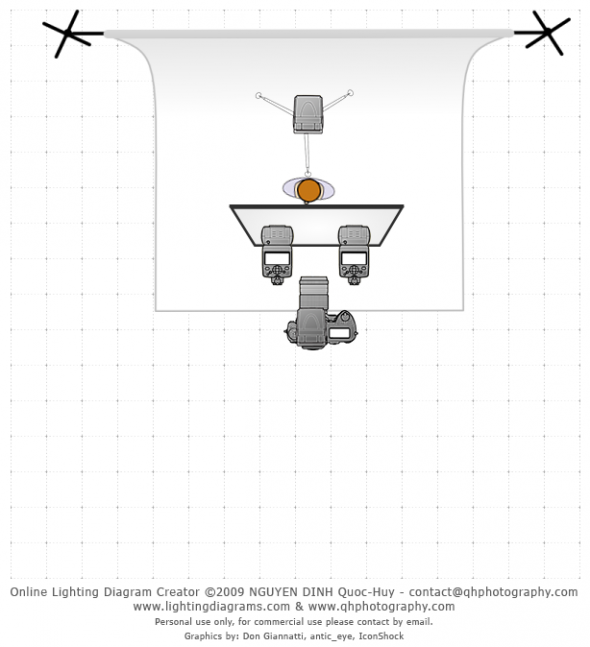
I’m proud to announce the dates for my first-ever Main(e) Light Workshops . This workshop series is focused on an area that many photographers struggle with: using electronic flash on location. It’s my attempt to cut through the hype around specific gear and to teach the skills that photographers can put to immediate use when creating portfolio work or meeting a deadline for a paying client. It’s practical, it’s hands-on and it’s set up to allow (encourage) tangential topics—how best to approach assignments for clients, how to organize and optimize your workflow, etc.— as they come up in relation to the work. But let’s not kid ourselves: the work is first and foremost.
The first workshop, Speedlight Bootcamp, is built around the off-camera flashes that today can cost as much as a decent studio head. The second is on location (in a very cool Maine setting) and combines a variety of studio and off-camera flashes with ambient (mostly sun) light to create spectacular effects. For that one, we’ll roll with the weather and take a studied, and at times seat-of-the-pants approach to lighting to produce amazing images.
The Main(e) Light Workshop has been in the works for a year or more. In a way, I’ve been preparing for it my whole career. I learned from a great many others in my field when I started out in journalism. From Tim Rogers to Paul O’Neill to Brad Armstrong (to many others), I’ve learned about being patient, how to really connect with people and how to read light. This workshop is my chance to help others succeed and grow in much the same way. I’ve taught other seminars over the years, but never an intensive set of workshops quite like the Main(e) Light Workshop. My plan is for each photographer to leave with the tools they need to create interesting portraits with the gear they can afford. It may take years to master electronic light, but this workshop will give anyone a big boost in the right direction.
So please check out the lineup. Tell me what you think, ask me questions. And if you sign up, welcome. It’s going to be a great ride.
–30–
